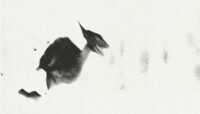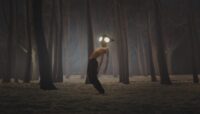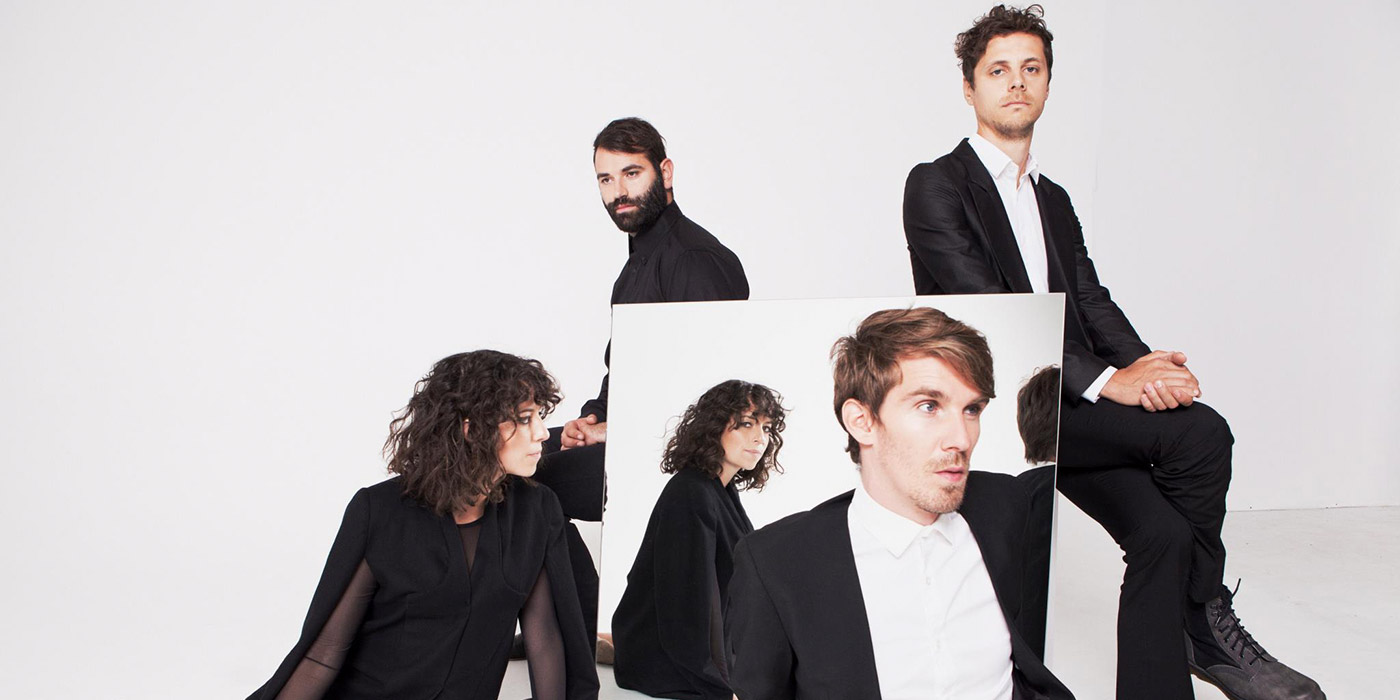Montreal’s The Luyas make dark and atmospheric indie pop. In the vein of Broadcast and Blonde Redhead, they fuse haunting instrumentation with sweet female vocals. The band signed to Dead Oceans for their 2011 record, Too Beautiful to Work, and released a follow-up, Animator, last year.
Julian Lynch, The Luyas,
Little Legend, Icarus Himself,
Dietrich Gosser, Double Ewes
Friday, June 21, 2013
Elvehjem Park
4:30-9 PM; Free
Their third LP and a darker fare than its predecessor, Animator was purportedly influenced by the death of a band friend. But that’s not to say it’s a cheerless listen — Animator is filled with plenty of the fantastic pop songs that first brought attention to The Luyas.
The Luyas visit Madison’s Elvehjem Park on June 21 at 7:15PM for Jonk Music’s free Solskinn event. We chatted via e-mail with singer Jessie Stein yesterday while The Luyas and Julian Lynch were tour-stopped in Philadelphia. [spacer height=”10px”]
One of many fascinating elements to The Luyas’ sound is the use of unconventional instruments (ex. French horn, lap steel, Moodswinger). How has playing these instruments shaped your sound and your approach to writing songs?
The truth is that mostly we are all playing our primary instruments so really it’s a very natural thing, and these sounds have been a part of the band’s sonic identity from the start. The Luyas has always been about responding to each other’s musical inclinations more so than attempting to have a specific sound, so all of our quote-unquote weird instruments are digested naturally as a normal part of how we have been playing music together for the last decade or so.” [spacer height=”5px”]
Animator has a noticeably darker tone than Too Beautiful to Work, and it may sound more cohesive. You’ve said it was recorded in a swift, sleepless manner and I think this brevity translated to a more streamlined recorded, sonically and lyrically. How was the process different than recording Too Beautiful to Work?
“To Beautiful to Work was our first real album and it took us a long time to make. We hadn’t toured a whole ton yet at the time that we made it, and we were working a lot with the excitement of discovering for the first time a working aesthetic balance between our sounds. By the time we made Animator, we had played more than 100 shows. We made the record in a couple of months from writing to mastering, so it was more of a fell swoop. We had developed a lot of togetherness and some of that psychic stuff that bands get about each other after a while.”
You’ve embarked on an early summer tour with Julian Lynch and I’m told (per Lynch) that you have quite a synergetic setup — with he as a Luya for your sets and you guys as backing band for his. How has this arrangement affected the tour? Does adding a new person to the mix help keep things feeling fresh?
“Yes, of course! We love playing music with people. It’s really fun having Julian.”
You guys are from Montreal and people like to draw conclusions to some sort of a “scene” happening there. What are the most exciting parts to being a musician in Montreal today?
(Laughs) “I just moved to Brooklyn.”
Though you’ve never played Madison, you have certainly toured the States. As Canadians, what are your favorite and least favorite elements of a U.S. tour?
“I am in love with the geographical changes that happen so dramatically as you drive across this country. And the weird polarized culture. The gross gas stations and national parks. The accents. Spending more time in the U.S.A. has made me think about a lot of things I took for granted in Canada, like free health care and cheap-ish education. But I am here for a reason. There is a very interesting vigor here — a rich diversity and vigor and even solidarity at times — and there are long expanses of road upon which to grapple with what it means to be American and Canadian and a person in the world living in a position of privilege.”



